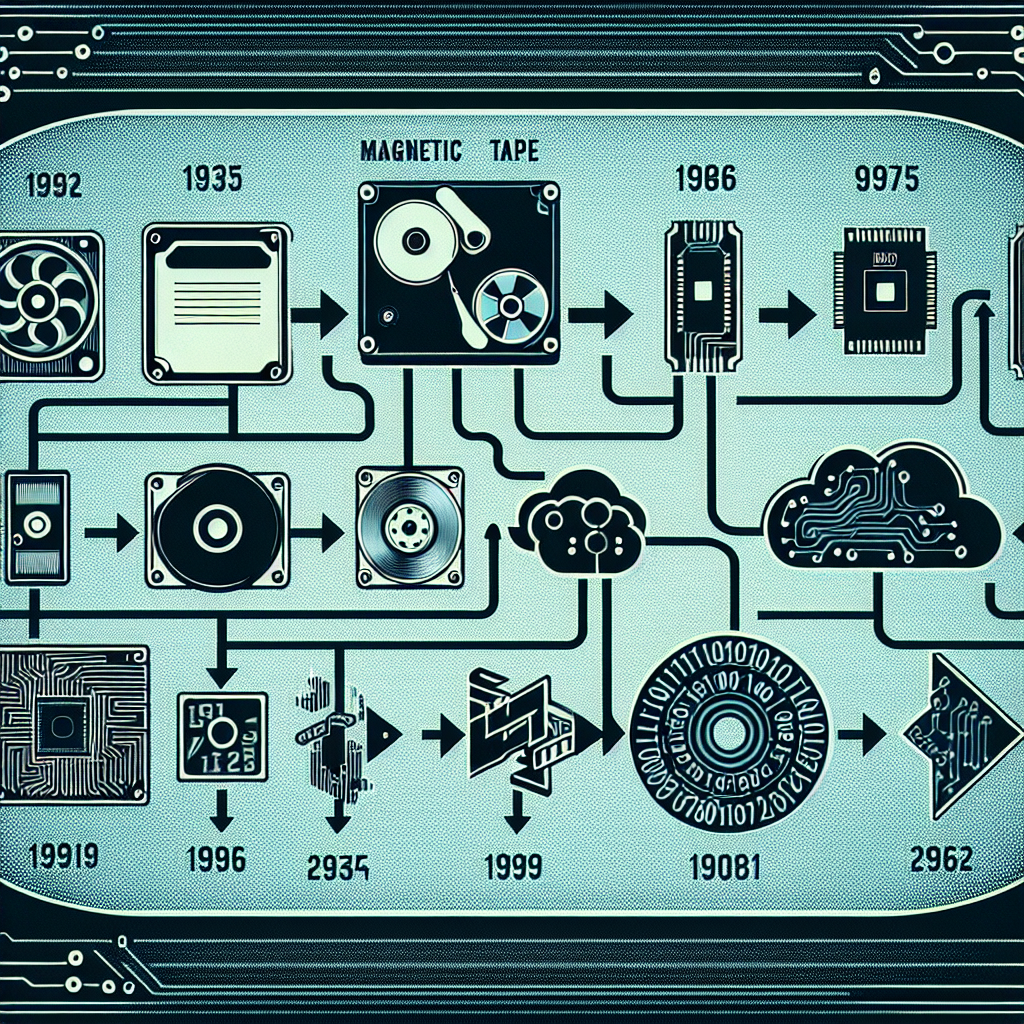Data centers are the backbone of modern technology infrastructure, holding massive amounts of data and powering the internet as we know it. As technology continues to evolve at a rapid pace, so do the storage technologies that support data centers. Understanding the evolution of data center storage technologies is crucial for businesses and IT professionals to stay ahead of the curve and ensure they are using the most efficient and effective storage solutions available.
In the early days of data centers, storage technologies were limited to tape drives and hard disk drives (HDDs). These technologies were slow, bulky, and had limited capacity, making it difficult to store and access large amounts of data quickly. As data centers began to grow in size and importance, the need for more advanced storage solutions became apparent.
The next major evolution in data center storage technologies came with the introduction of solid-state drives (SSDs). SSDs use flash memory to store data, which allows for much faster read and write speeds compared to traditional HDDs. This increased speed and efficiency made SSDs a popular choice for data centers looking to improve performance and reduce latency.
Another important development in data center storage technologies is the adoption of cloud storage solutions. Cloud storage allows businesses to store their data on remote servers, accessed over the internet. This eliminates the need for on-site storage infrastructure and provides scalability and flexibility for data storage needs. Cloud storage solutions have become increasingly popular in recent years, with many businesses choosing to store their data in the cloud rather than on-premises servers.
In addition to SSDs and cloud storage, data centers are also exploring newer technologies such as NVMe (Non-Volatile Memory Express) and software-defined storage. NVMe is a storage interface protocol that allows for even faster data transfer speeds than traditional SSDs, making it ideal for high-performance computing applications. Software-defined storage, on the other hand, allows for greater flexibility and control over storage resources, enabling businesses to optimize storage performance and efficiency.
As data centers continue to evolve, it is important for businesses to stay informed about the latest storage technologies and trends. By understanding the evolution of data center storage technologies, businesses can make informed decisions about which storage solutions are best suited to their needs and goals. Whether it be SSDs, cloud storage, NVMe, or software-defined storage, staying ahead of the curve in data center storage technologies is essential for maintaining a competitive edge in today’s technology-driven world.


Leave a Reply